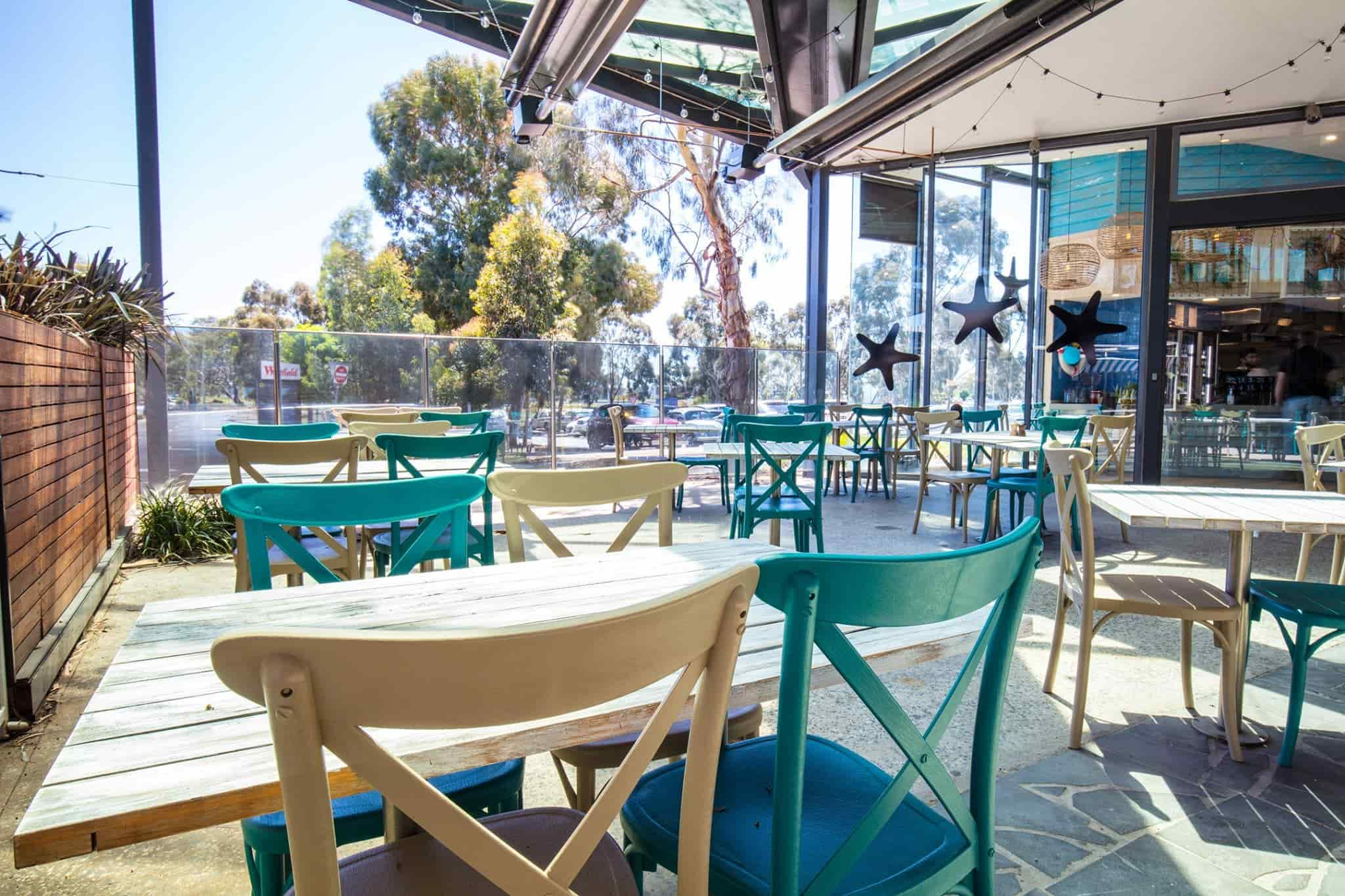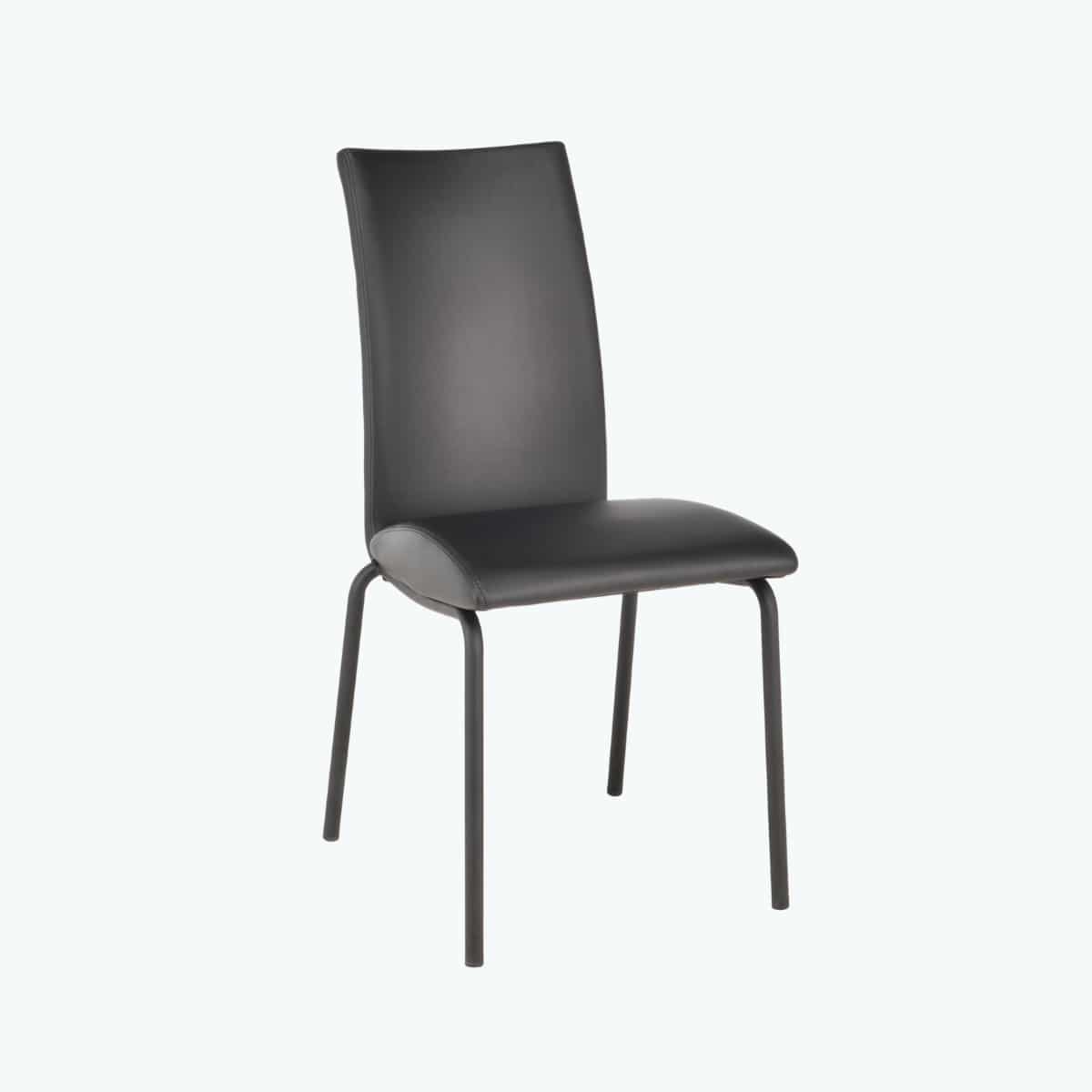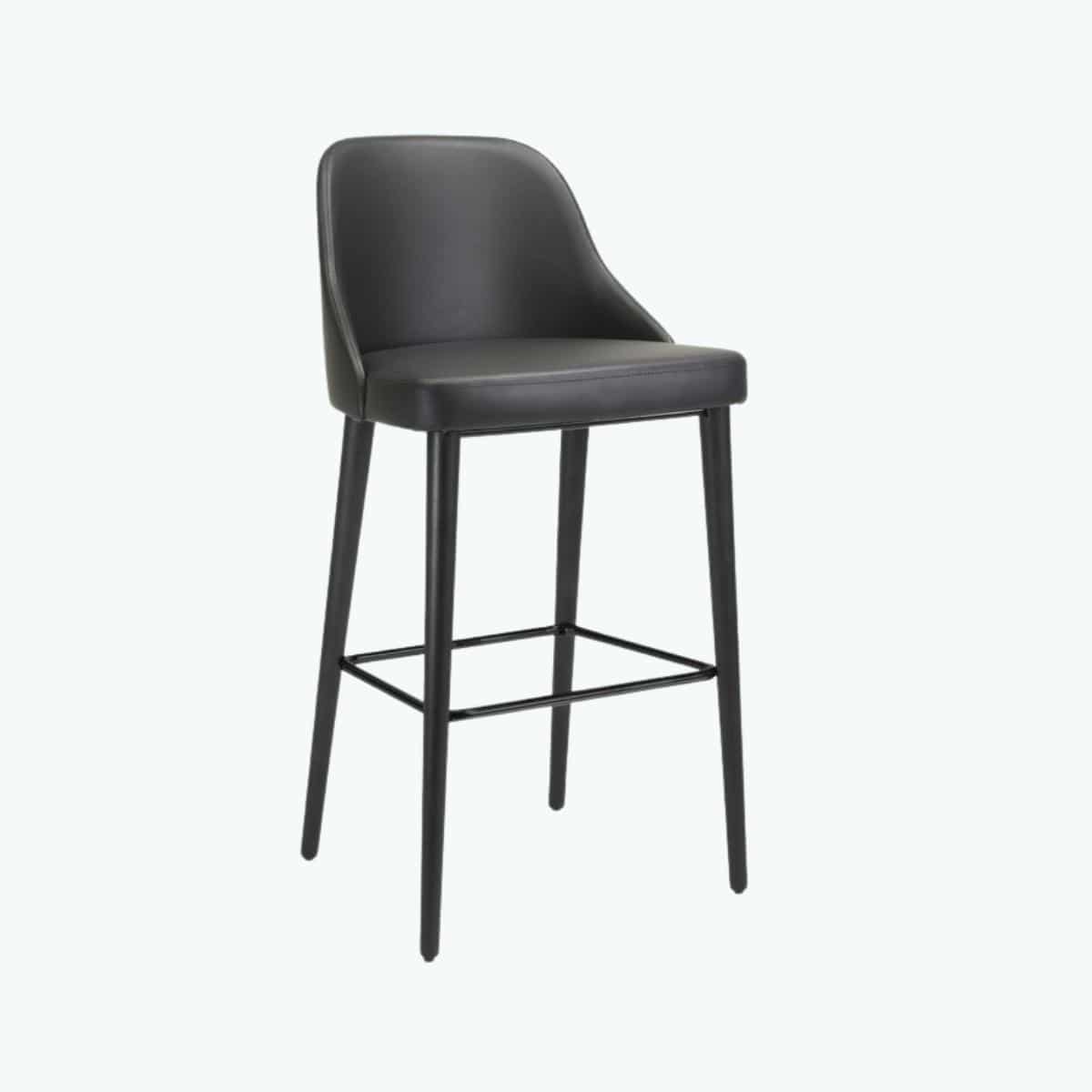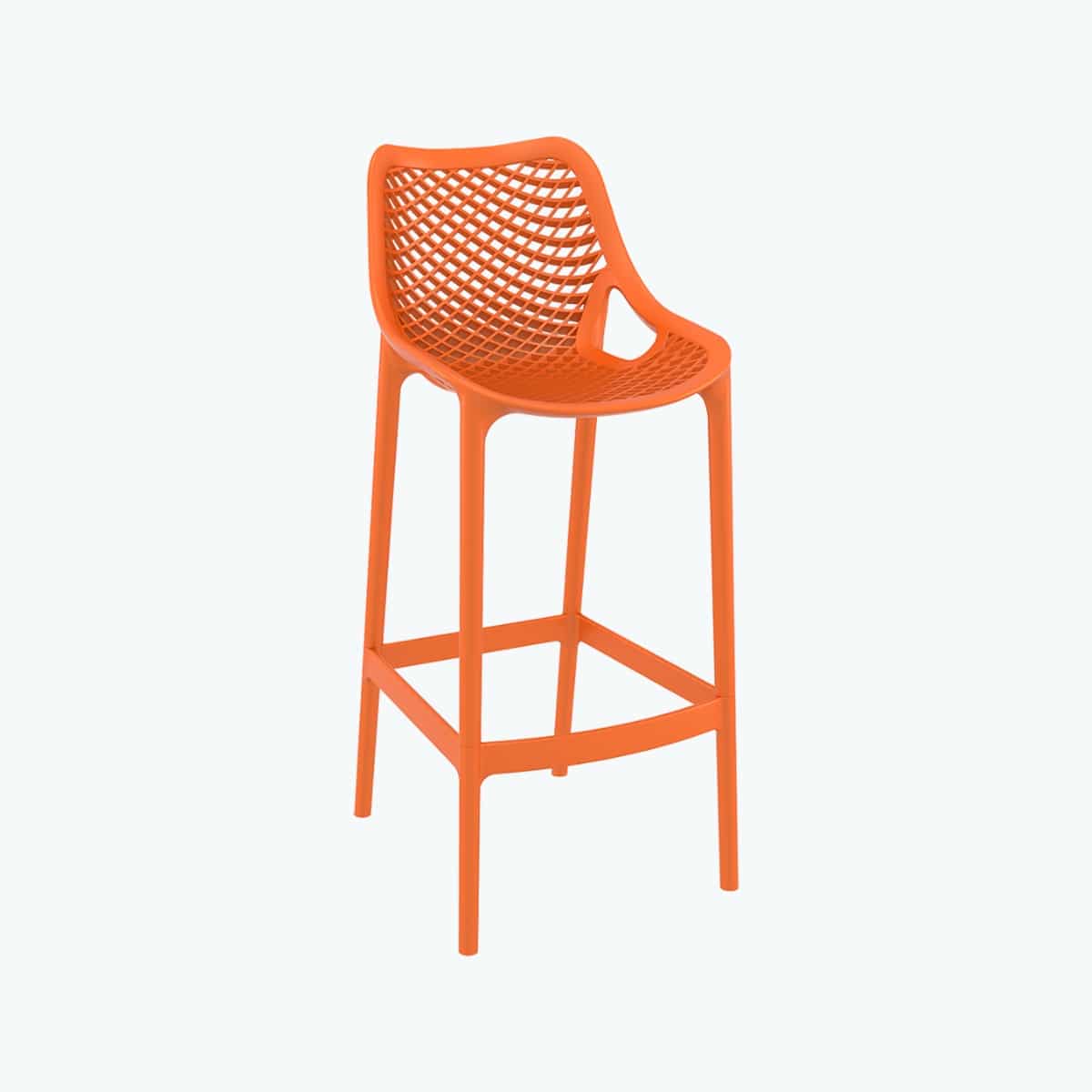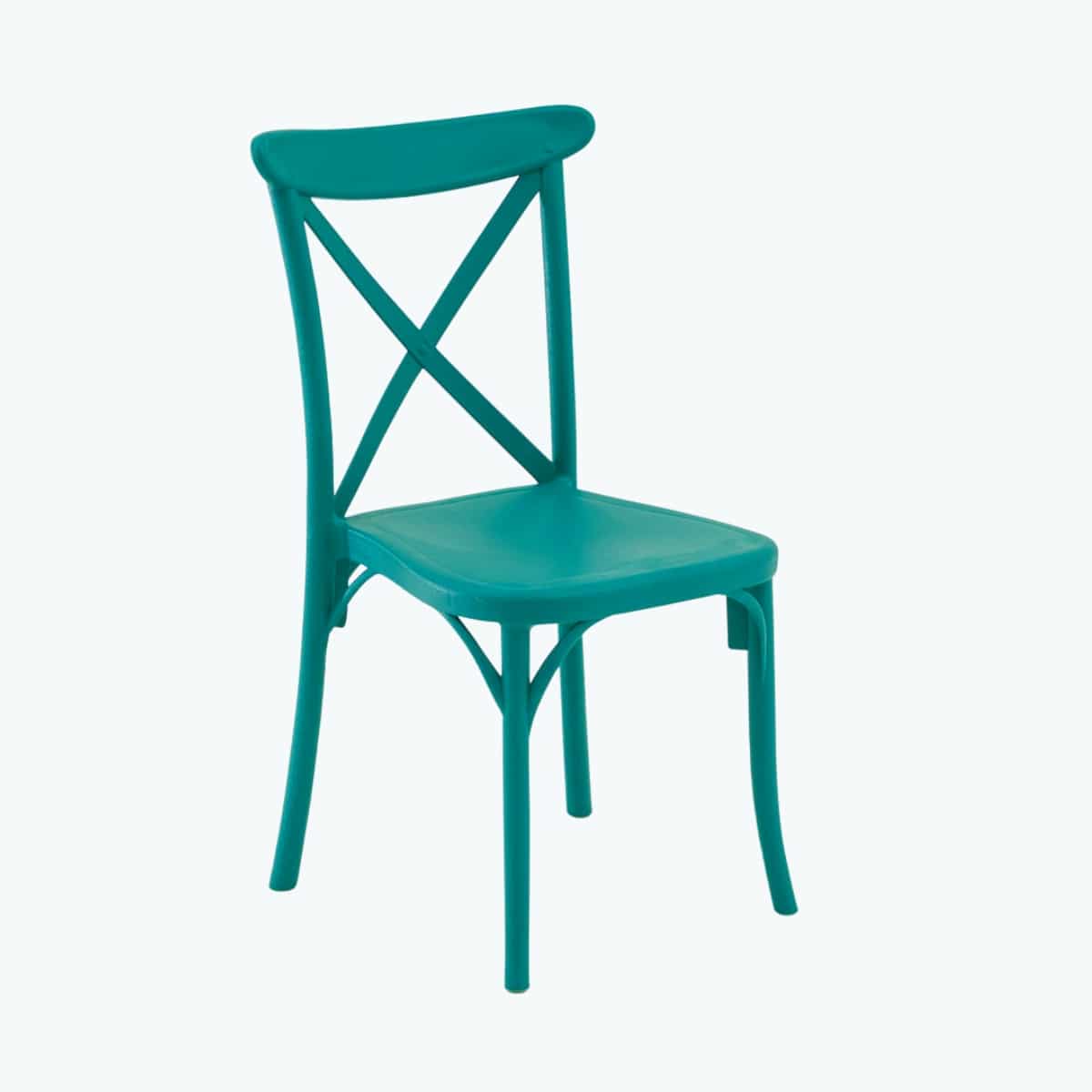Did you know that a distinctive brand identity can increase your hotel’s visibility by up to 30% in a crowded market?
In a sea of dull carpets and uninspired furniture it’s surprisingly easy to ensure your hotel stands out from the competition. It starts with giving your hotels brand identity some thought.
Crafting your brand Identity
Your brand identity is essentially how your brand is perceived by your customers. It can be as complex as you want it to be, but we recommend starting with the basics. Start by asking yourself “How would someone describe my hotel lobby, or the rooms I offer” That is your brands identity. It’s the first thing your customers see when they visit your website, see you on Google Maps or walk past your hotel. It’s also one thing they will certainly remember once they visited your venue.
What is a brand identity in the context of hotel?
In the context of hotels and hospitality furniture in general, this is your colour pallet, your choices of interior design and décor – it can even go all the way to the garnish you serve with your house cocktail, but we’ll keep it simple for now.
Crafting your brand identity with Personas
If you visit any branding agency, the first thing they will ask is “who are your people”. With that said, in the context of hospitality, the first step of understanding your own brand identity is imagining exactly who your ideal customer is. We call this persona building.
Here are three examples of personas that cover a few common types of customers:
Business Traveler – “Corporate Claire”
- Demographics: Female, early 40s, professional in a corporate role.
- Characteristics: Tech-savvy, values efficiency, and convenience. Often travels for business meetings, conferences, or networking events.
- Preferences: Prefers hotels with reliable Wi-Fi, business centres, and meeting facilities. Enjoys hotels with a fitness centre and healthy dining options. Values a loyalty program with perks and upgrades.
- Booking Behaviour: Books through corporate travel portals or directly on hotel websites. Looks for locations near business districts or event venues.
Leisure Traveler – “Adventure Adam”
- Demographics: Male, late 20s, enjoys exploring new destinations.
- Characteristics: Active, social, and looking for unique experiences. Often travels for leisure, adventure, or cultural experiences.
- Preferences: Seeks hotels offering local experiences, adventure activities, or unique amenities. Enjoys social spaces like bars and communal areas. Values eco-friendly and sustainable practices.
- Booking Behaviour: Uses online travel agencies and review sites to find deals and read reviews. Influenced by social media and word-of-mouth recommendations.
Family Vacationer – “Holiday Hannah”
- Demographics: Female, mid-30s, traveling with family, including young children.
- Characteristics: Prioritises safety, comfort, and family-friendly amenities. Plans vacations well in advance.
- Preferences: Looks for hotels with family rooms, kids’ clubs, and child-friendly facilities. Values inclusive packages with meals and activities. Prefers locations close to family attractions or beaches.
- Booking Behaviour: Researches extensively online, reads family travel blogs, and seeks recommendations from friends. Sensitive to budget and value for money.
How to cater to your Ideal hotel guest with smarter colour and furniture choices
After identifying the persona of your ideal guest, you need to start making interior style choices based on their needs. Here are some examples of how we might do this for our clients using the personas examples mentioned above.
Business Traveler – “Corporate Claire”
Colour Palette Recommendations:
For venues targeting the commercial sector, we tend to recommend a neutral pallet. Shades of grey, navy, and cream for a style that always looks clean, professional and inviting.
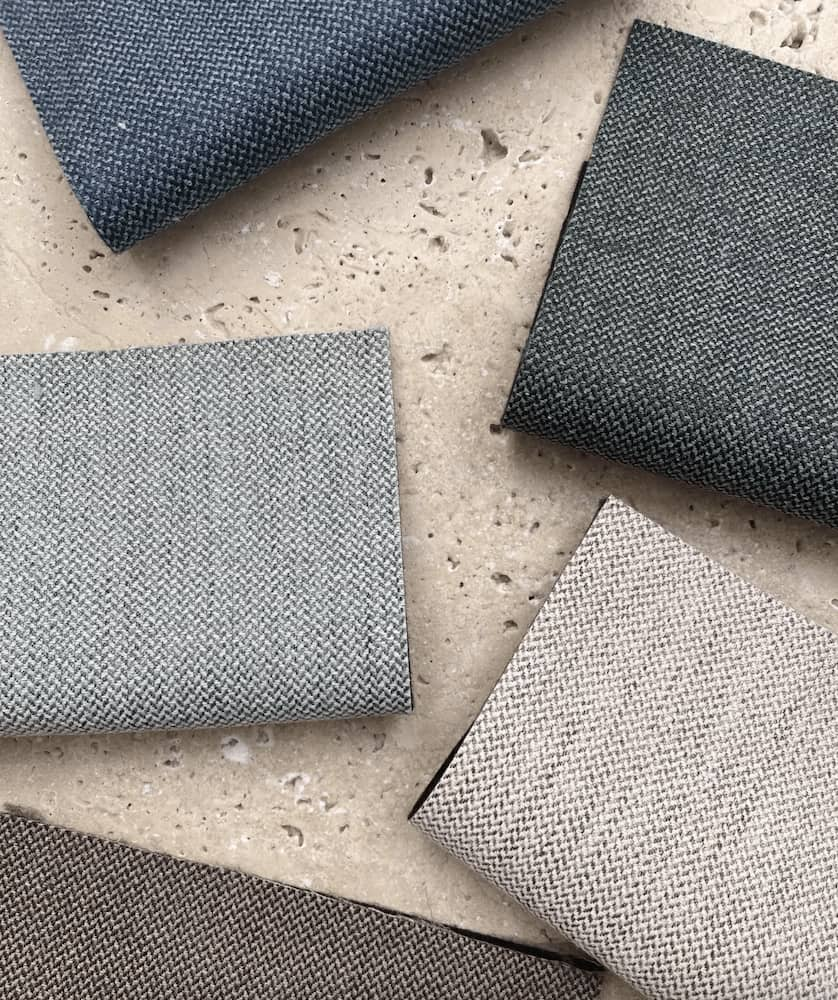
Furniture Recommendations
- Look for dining chairs and tables that are comfortable for both quick meals and formal dinners.
- Bar stools at a high counter for solo diners can be another great addition as they allow for quick stop ins without disrupting your lunch or dinner service.
- Offer booths or partitioned areas for private business meetings or meals.
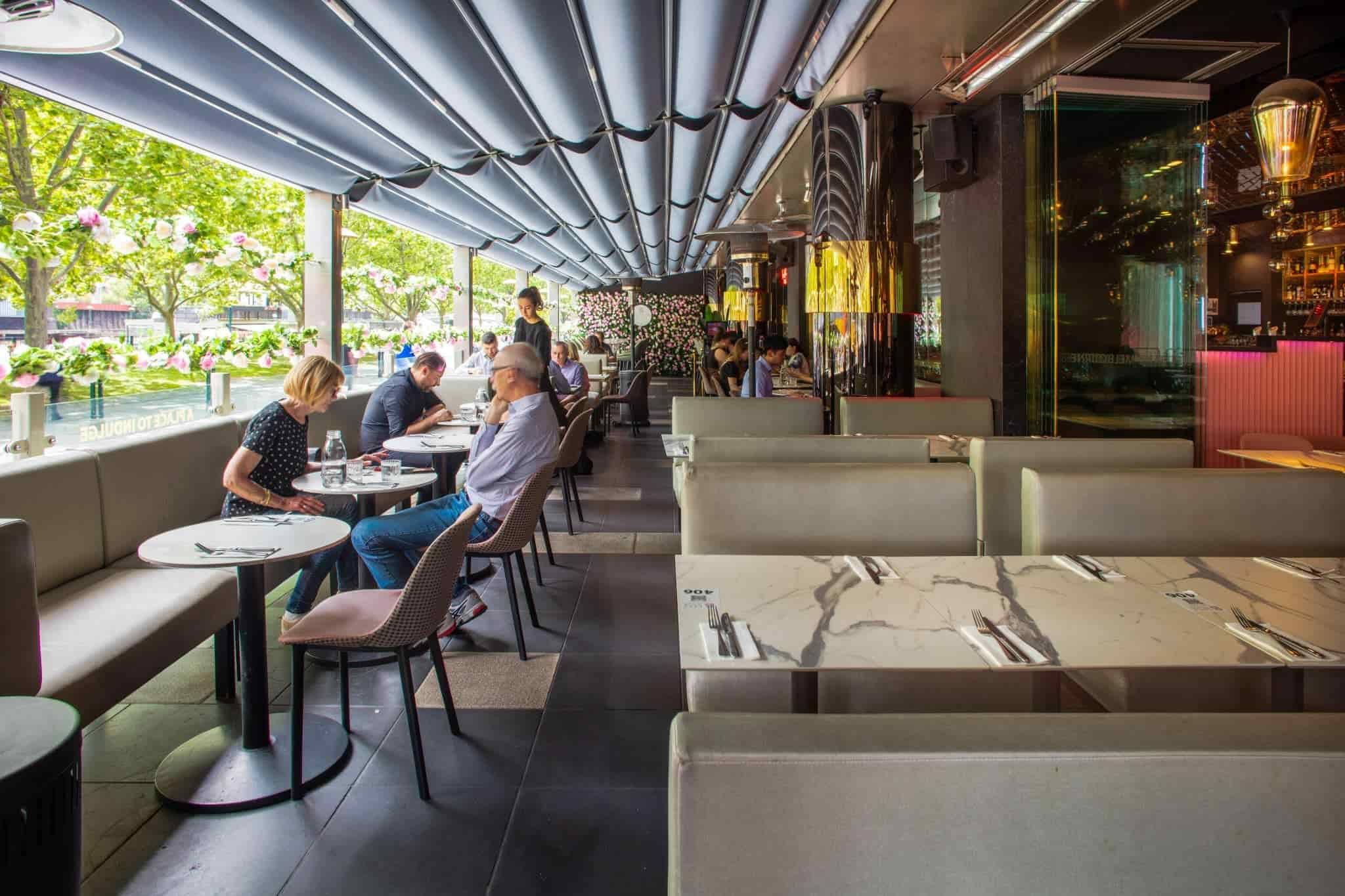
Leisure Traveler – “Adventure Adam”
Colour Palette Recommendations:
For venues with a younger, more eclectic crowd like hostels and inner-city budget hotels we often recommend vibrant and earthy tones to make sure your venue feels inviting and inclusive. A mix of bright colours like turquoise or coral, combined with earth tones like olive green or sandy beige work great in a range of different design styles from coastal to bohemian.
Furniture Recommendations:
- Select furniture that can easily adapt from day to night, like bistro-style tables and chairs to keep your bar packed from open to close.
- Include both indoor and outdoor seating options to cater to different moods and personalities.
- Large communal tables can create a social dining experience, encouraging guests to mingle making your hotel a great place to stay if you want to meet fellow travellers.
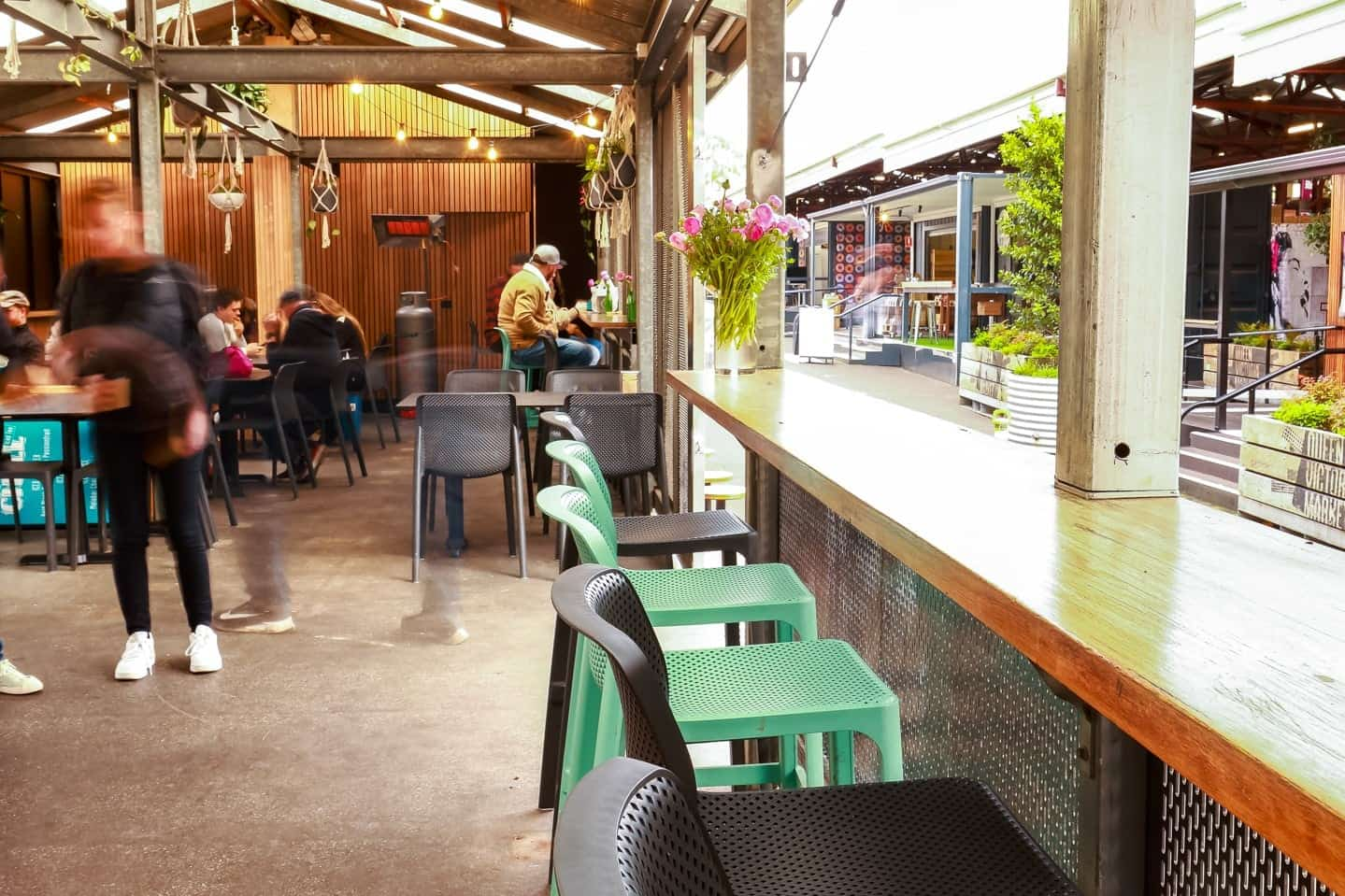
Family Vacationer – “Holiday Hannah”
Colour Palette Recommendations:
For hotels catering to families, we always recommend a friendly pallet first and foremost. Light woods and soft colours like make sure families feel welcome, without making the venue looking unwelcoming to those travelling solo.
Furniture Recommendations:
- Flexible seating options like booths and extendable tables to accommodate families of various sizes.
- Ensure chairs are comfortable and child-friendly (avoiding upholstery materials like porous leather that stain easily)
- Place some family friendly seating areas at the back of your restaurant to allow families with younger children more privacy and prevent any disruptions for your other guests.
